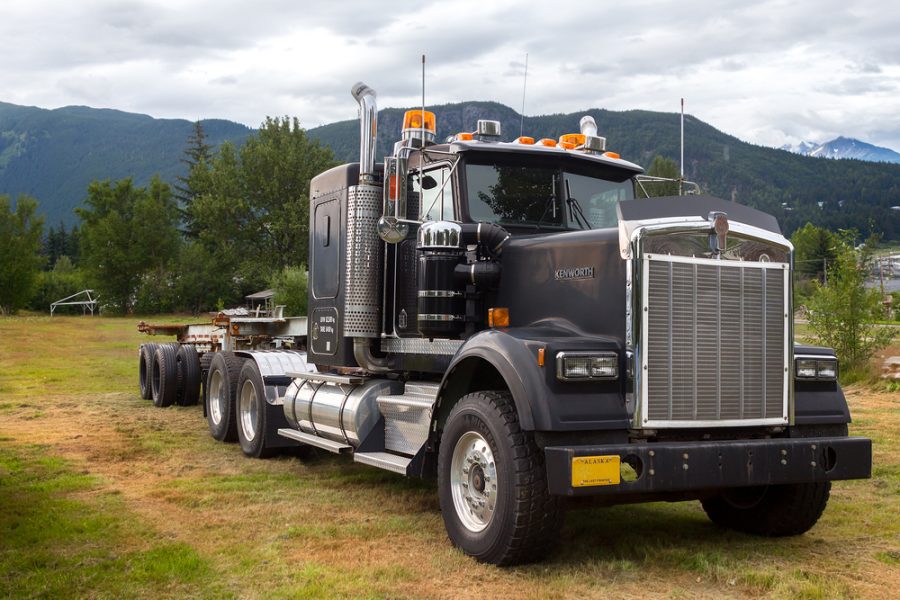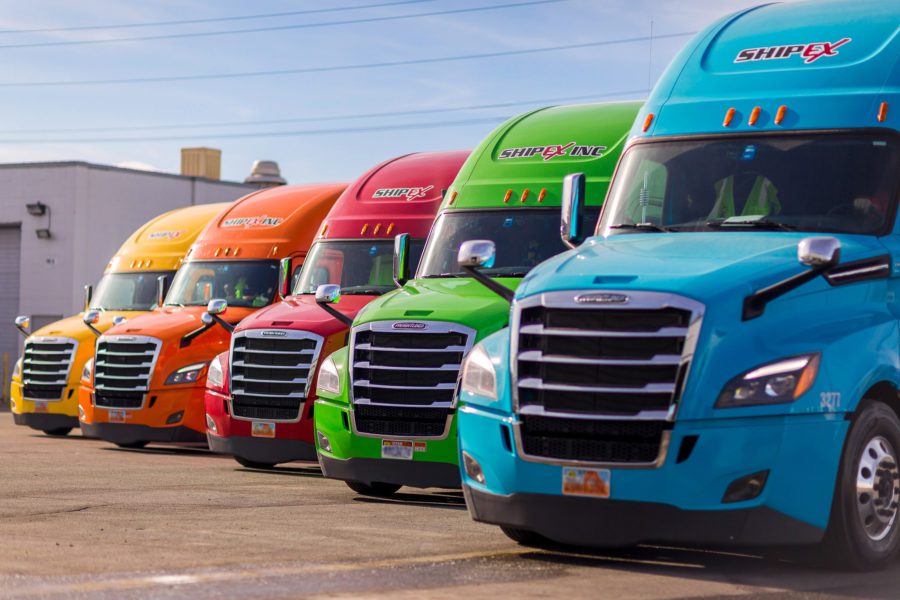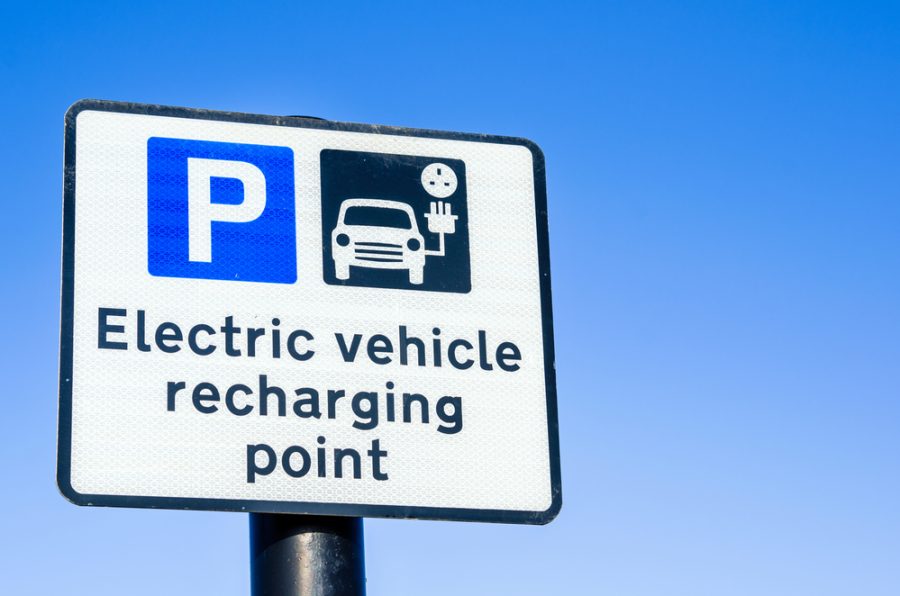Intro
Semi-trucks have been the backbone of the transportation industry, moving goods across the miles and connecting markets. From their humble beginnings as tractor trailers to today’s high-tech commercial vehicles, semi trucks have come a long way in design, technology, and efficiency. This shows the industry is meeting economic demands and improving safety and performance. Let’s look at the history and evolution of semi trucks, their importance, and the innovations that are driving the industry.
The story of semi-trailer trucks starts with Alexander Winton, an inventor who created the first semi-truck. Winton was an automobile manufacturer who had a problem delivering his cars to customers without adding unnecessary miles. His solution was the semi-truck, a motor vehicle designed to move cars efficiently and safely over long distances.
The first semi-truck was developed in 1898. Winton’s design had a tractor unit that hauled a separate trailer so he could move his vehicles. This solved Winton’s immediate problem and paved the way for the modern trucking industry.
Winton’s invention, the first semi-truck, started a new era in transportation. Moving goods over interstate highways changed commerce and industry. Alexander Winton’s work on the first truck has left a lasting impact, showing the industry is meeting the demands of a growing economy.
Early Development and Innovation
The early development of the tractor-trailer began with the transition from the Winton models to more modern designs. Winton’s first models were the foundation but the industry soon realized they needed more robust vehicles. This period of innovation laid the groundwork for the advancements and performance of semi-trucks to meet the growing demands of long-haul heavy loads.
Fruehauf Trailer Company was a major player in this evolution by advancing semi-trailer design. Their innovations included stronger materials and better load distribution which made semi-trailers more functional and safe. Fruehauf’s innovations set new industry standards so trucks could haul more and heavier cargo. These improvements not only made it more efficient but safer for all road users.
Another major milestone was the introduction of diesel engines. Diesel engines have several advantages over gasoline engines including better fuel efficiency, more torque, and longer engine life. These benefits made diesel engines the choice for long-haul trucking, increased productivity, and reduced costs. The switch to diesel-powered semi-trucks showed the industry was adopting new technology to improve performance, a big step forward for semi-trucks.
Growth and Regulation
The trucking industry grew exponentially during World War II as the need for moving goods and materials became critical to the war effort. The industry expanded to meet the demand and improved truck design, capacity, and reliability. This period also saw more skilled drivers and better logistics which laid the foundation for the post-war boom in trucking.
The Federal Highway Act of 1956 was a massive piece of legislation that affected the trucking industry. This act led to the construction of the interstate highway system, a vast network of high-speed roads connecting major cities and regions across the United States. These highways allowed for faster movement of goods, and reduced travel time and cost. The new infrastructure also supported the industry’s growth by accommodating bigger and heavier loads which couldn’t be done on older roads.
This set the stage for long-haul trucking, companies could move goods further. Carrying heavier loads improved the industry’s capacity and profitability. So the trucking industry became part of the national economy, driving growth and ensuring timely and reliable delivery of goods. The combination of wartime innovations and the Federal Highway Act’s impact on infrastructure is what we have today.
Modern Semi Trucks and Industry Growth
Today’s big rig has come a long way, as fast as the industry grew. Major players like Mack Trucks, Peterbilt, Kenworth, Volvo, and Freightliner have led the way in truck design and functionality. They have created more powerful and reliable trucks that can haul more and go further. They have driven industry growth and set the standards for performance and durability.
Technology has also played a role in improving fuel efficiency and safety features in semi-trucks. Ideas like aerodynamic designs, advanced engine technology, and built-in safety systems have made trucks more efficient and safer on the road. Features like adaptive cruise control, collision mitigation systems, and electronic stability control help drivers stay in control and reduce the risk of accidents. These innovations show the commitment to improve and be safe on the road.
The industry is also moving towards greener solutions, driven by the need to reduce environmental impact. Manufacturers are developing trucks with lower emissions and alternative fuel options. From electric trucks to hydrogen fuel cells, the industry is exploring all options to create more sustainable transportation solutions. This move towards greener solutions reduces the carbon footprint in the industry.
Semi Trucks Today
Semi-trucks play a big role in global logistics and cargo movement. These commercial vehicles move tons of freight, ensuring goods get to their destination on time. From delivering consumer goods to moving industrial materials, semi trucks keep commerce moving. Semi-trucks are necessary in today’s fast-paced economy.
The economic impact of the trucking industry on the US economy is huge. It employs millions of people from drivers and dispatchers to maintenance crews and logistics coordinators. The industry not only provides employment but also fuels other sectors by moving goods. The revenue of trucking companies goes into the national GDP (Gross Domestic Product), that’s how important the industry is. Moving cargo across state lines improves trade and supports businesses of all sizes.
Beyond jobs and revenue, the trucking industry also keeps the supply chain moving and reliable. It gets raw materials to manufacturers, products to retailers, and goods to consumers. This constant flow of goods is critical to keep shelves stocked, support manufacturing, and meet consumer demand. The trucking industry’s ability to adapt to technology and regulatory changes only makes it more important to the US economy. It’s felt in every community.
Despite all the importance of semi-trucks, they face many challenges today. Truck accidents are a big problem, putting drivers and other road users at risk. Safety through proper training and compliance with regulations is not only for the roads but also for a smooth supply chain. As environmental concerns rise, many trucking companies are realizing the need to reduce their carbon footprint and are going green. They are using fuel-efficient engines and exploring alternative energy sources for a more sustainable future.
Semi Trucks of the Future
The future of commercial vehicles is being built with innovations like autonomous trucks and electric engines. An autonomous truck is a vehicle that can drive itself without human intervention by using a combination of technologies. Autonomous trucks will change the industry by increasing safety through new technology and artificial intelligence. Self-driving vehicles will reduce human error, optimize route planning, and operate 24/7 without the need for rest breaks, more productivity. Meanwhile, the shift to electric engines is driven by the need for sustainable transportation solutions. Electric semi trucks have lower emissions, lower fuel costs, and quieter operation which can combat climate change and cleaner air.
Regulatory and industry changes are key in this ever-changing landscape. Governments and regulatory bodies are developing new standards to ensure the safe integration of autonomous trucks into the transportation system. These regulations will cover safety, cybersecurity, and operational protocols so that the adoption of new technologies will be responsible. The industry must also adapt to these changes by investing in infrastructure and training for the workforce to handle new technologies. Looking forward, semi trucks will still play a big role in the global economy. As transport demands grow and evolve, semi trucks will be part of the supply chain, adapting to the challenges and opportunities of a global economy.
Conclusion
the history and evolution of semi trucks show how they have evolved from simple tractor-trailers to the modern, technologically advanced commercial vehicles we have today. This shows how important semi trucks are in driving economic growth by moving goods across long distances. As we look into the future with autonomous trucks and electric engines, we must appreciate the complexity and impact of this industry. Knowing the advancements and challenges of the trucking industry helps us understand the role of semi-trucks in our daily lives and the global economy.



